News flash: “someday” never comes. Stop sticking to the status quo or waiting for the right time to become a payment facilitator. We hated buying payments, so we decided not to sell them. Instead, we offer fully embedded payments at cost through our PayFac Direct™ fintech infrastructure, allowing you to build a highly profitable payments business in weeks, not years.




APIs, a full library of web components, and an experienced integration team. Even enterprise platforms have launched in weeks.
<!DOCTYPE html>
<html dir="ltr" lang="en">
<head>
<meta charset="utf-8" />
<meta name="viewport" content="width=device-width, initial-scale=1.0, minimum-scale=1.0, maximum-scale=5.0" />
<title>justifi-checkout</title>
<link rel="stylesheet" href="https://cdn.jsdelivr.net/npm/@justifi/webcomponents@4.16.0/dist/webcomponents/webcomponents.css"/>
<script type="module" src="https://cdn.jsdelivr.net/npm/@justifi/webcomponents@4.16.0/dist/webcomponents/webcomponents.esm.js"></script>
<script nomodule src="https://cdn.jsdelivr.net/npm/@justifi/webcomponents@4.16.0/dist/webcomponents/webcomponents.js"></script>
</head>
<body>
<justifi-checkout auth-token="token" checkout-id="abc123">
<!-- Optional: add the insurance slot and component -->
<div slot="insurance">
<!-- see the insurance component docs for the full list of props -->
<justifi-season-interruption-insurance checkout-id="abc123"></justifi-season-interruption-insurance>
</div>
</justifi-checkout>
</body>
<script>
</script>
</html>
Web components are reusable, modular pieces of code that can be easily integrated into any platform, allowing you to customize the UI to match your platform.
Using web components can significantly reduce the amount of time and resources required to develop and maintain payment functionality on your platform.
Web components use modern security practices such as encryption and tokenization, removing the compliance burden on your platform.
Web components are designed to be user-friendly and easy to use, improving the overall experience for your customers.
Your platform offers many opportunities for monetization, but few are as powerful as the checkout. With JustiFi’s Unified Fintech Checkout™ (UFC), you can launch multiple products with a toggle and customize checkout settings for different users and scenarios.
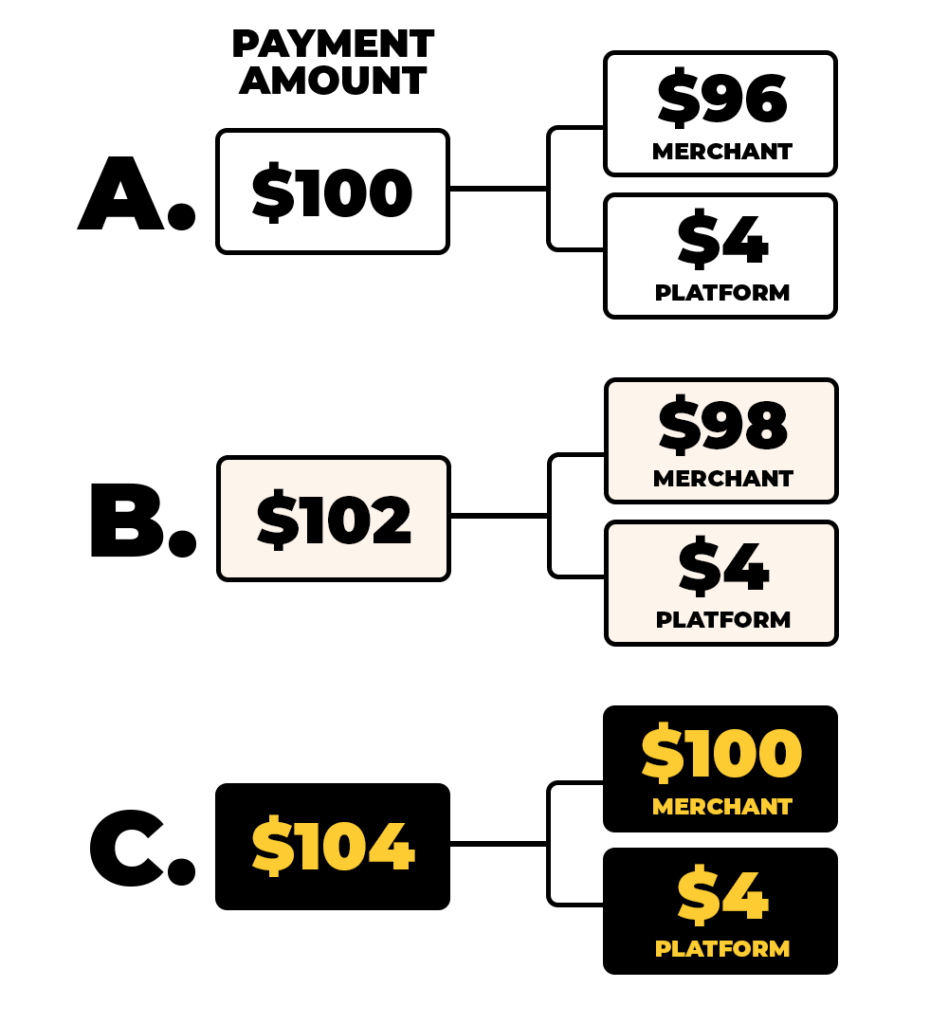
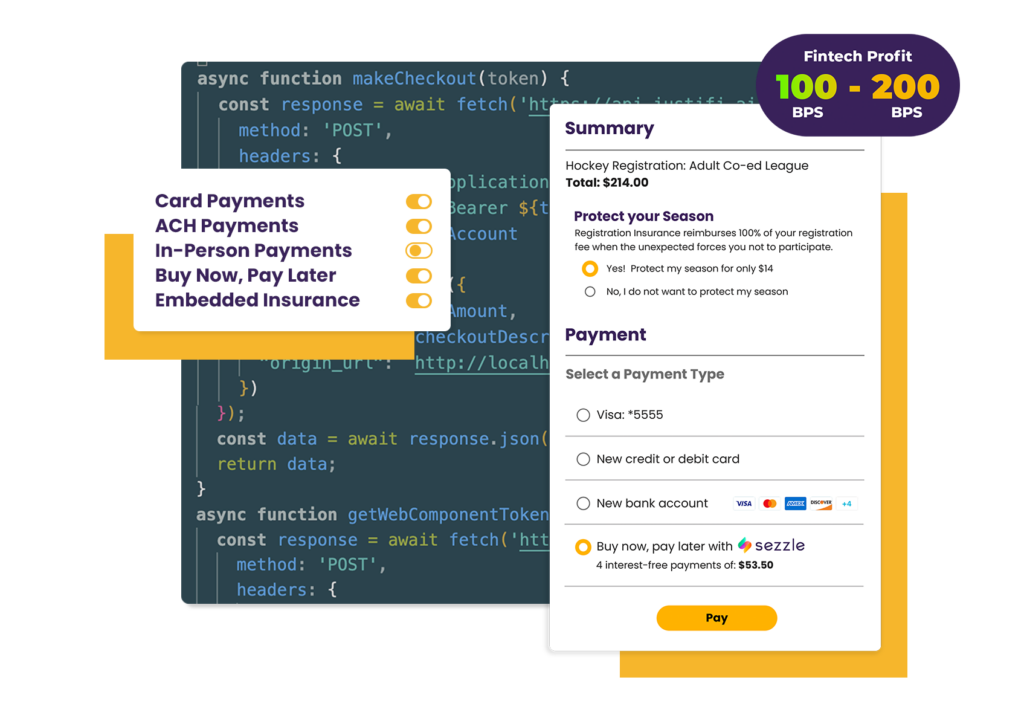
You want a fully embedded payment solution with world-class economics, right?
So why do other payment processors pile extra scope on your team just to get there?
With JustiFi’s fintech infrastructure you automatically get the best available economics with a fully white-label, embedded solution.
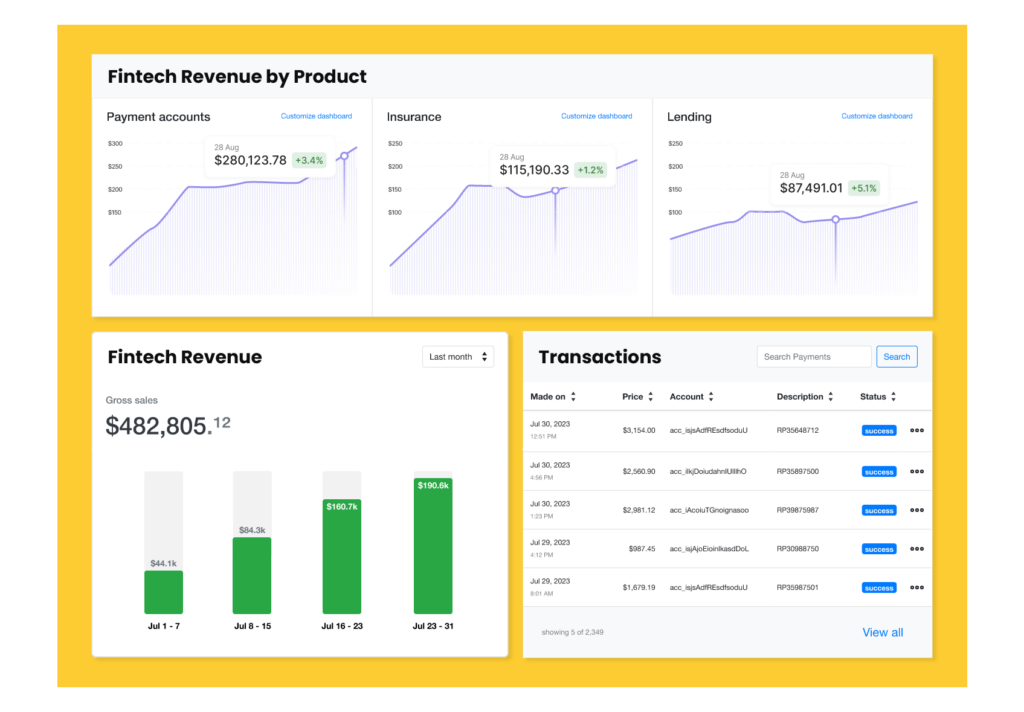
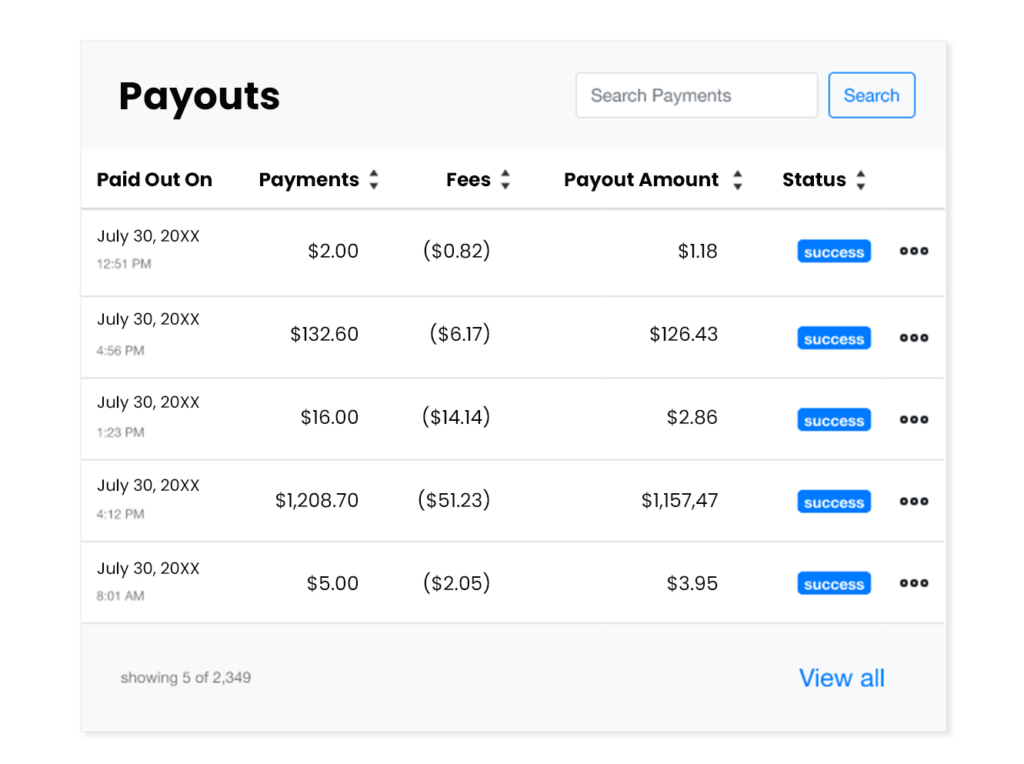
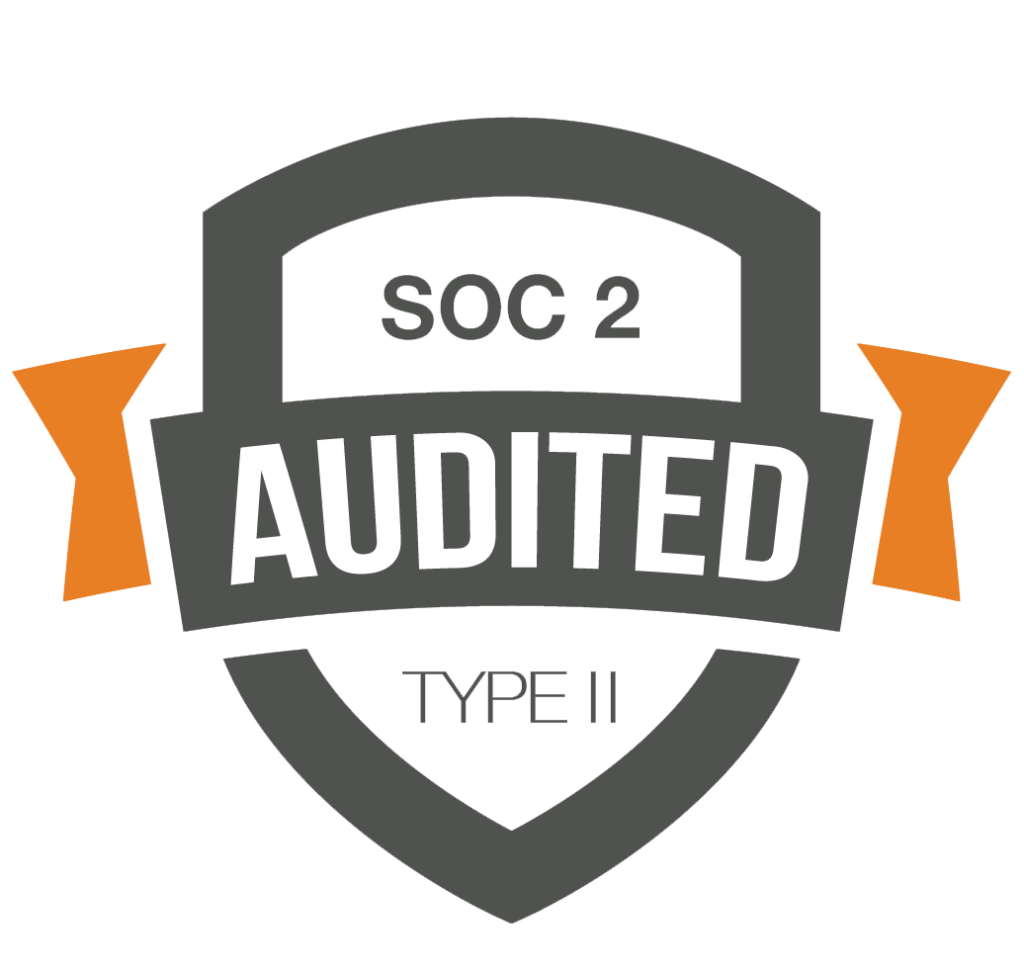
Unlock the potential of your platform. If less than 100% of your customers utilize your platform’s payments, there is money sitting on the table. Our Engage fintech team will give you the framework to create competitive sales, compensation plans, messaging, and internal support to accelerate your potential.

The Fintech Platform for Platforms